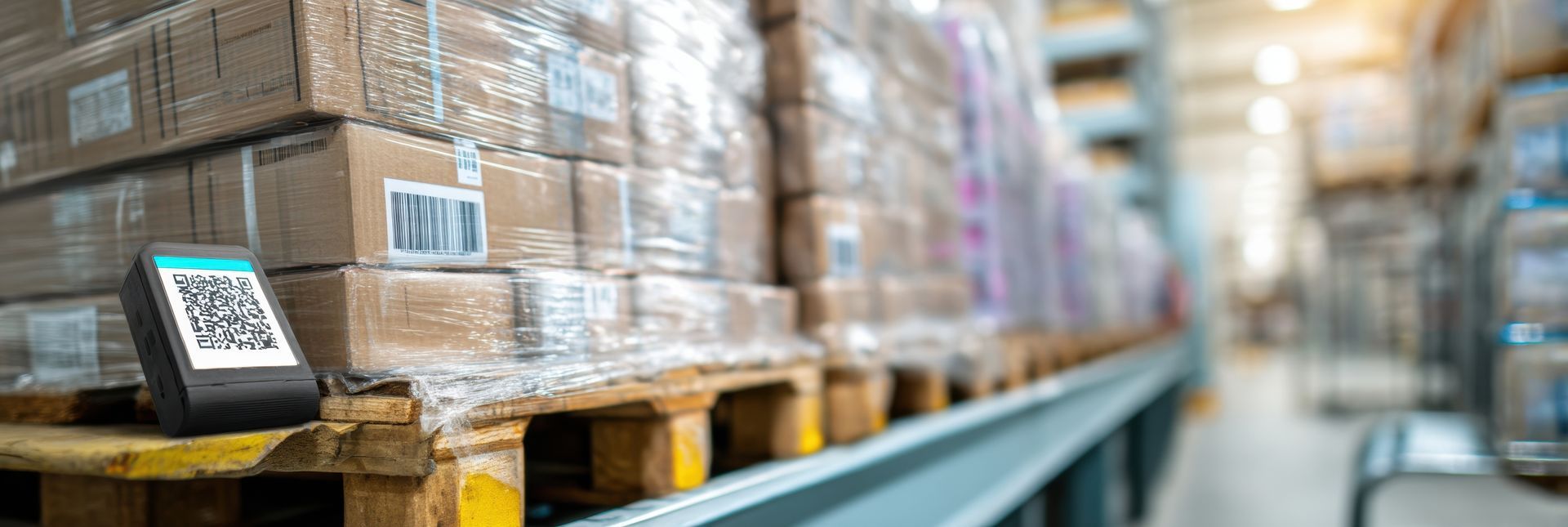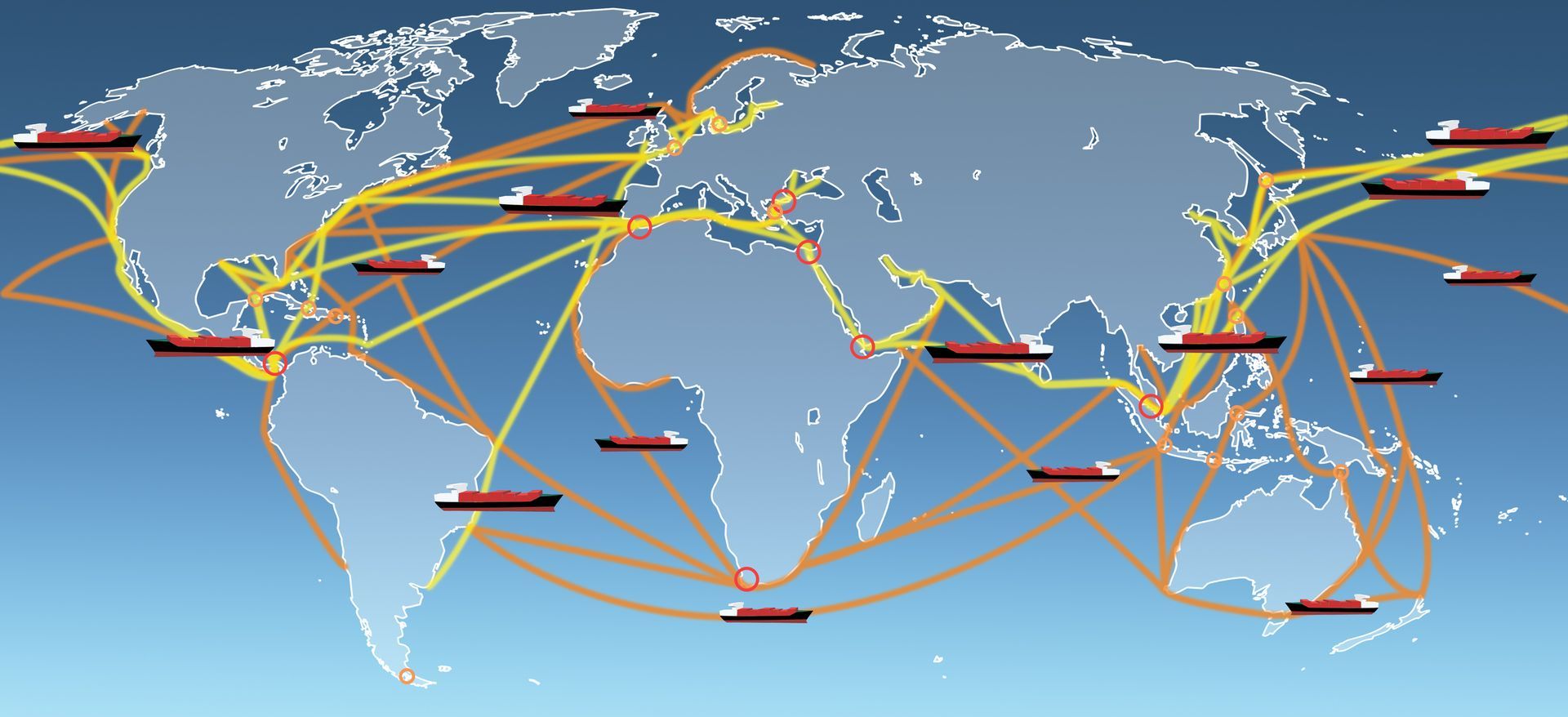How Did the Global Pandemic Make the Food Industry Supply Chain Stronger?
How did the global pandemic strengthen the food industry?

COVID-19 has brought unprecedented disruption across all industries and continents, and the global food industry is no exception. Lockdowns, restrictions, and fears among the public regarding the scarcity of goods led to some of the biggest supply chain challenges to overcome. However, the food industry overcame them to make a remarkable comeback.
Let’s take a look.
Challenges Presented by COVID-19
Labor shortages and lockdowns meant that migrant workers could not show up to the fields to harvest the crops, causing wastage worth billions of dollars. Measures to contain the virus led to indoor spaces, such as production facilities, and factories, working at half capacity or even lesser.
Closure of indoor spaces meant processing and packaging food items in factories and warehouses was no longer possible. Lockdowns and cross-country border closure resulted in transportation issues, which led us to see empty shelves in supermarkets at the pandemic's beginning.
Safety and health concerns in light of coronavirus caused changes in SOPs. Maintaining a distance of six feet between all persons in any space was a challenge in several stages of the supply chain process.
Learn more about solutions for the food industry >>
How the Food Industry Came Out Stronger
A few months into the pandemic, all points in the supply chain quickly realized that they needed to make their processes more flexible to meet rapidly changing environments and demands. Suppliers had to adjust their production facilities and logistics to meet the demands of individual customers rather than those of clients with bulk orders, like hotels and restaurants.
Additionally, supply chain processes have been streamlined, and companies have altered their product offerings to cater to the extraordinary changes in routine activities. These changes ensure all possible events are accounted for and backups are ready.
One of the biggest contributors to the supply chain issues was the transportation bottlenecks that caused major disruption in getting food items from one point to another. However, changes have been made to incorporate a stronger and more vigorous infrastructure in the global food supply chain industry to respond better in case of emergencies.
Automation of systems and communication between different points in the supply chain, like production, processing, and transportation, have reduced the chances of complete stoppage between processes. Alternatives developed with the help of technology have enabled greater transparency and more efficient solutions.
Hope for the Future
With the pandemic not going anywhere anytime soon, the food industry is using technology and automation, such as AI and track-and-track solutions, to identify where bottlenecks lie. Food industry leaders are using innovative methods to ensure the interconnected nature of the global supply chain network remains a boon and not become a bane.
Overall, this difficult period has brought greater resilience on an industry-wide basis. However, consistent efforts to be flexible and adaptable will have to be made to improve business processes for the future.
MIDCOM has helped the food industry with track and trace solutions including labeling and barcode scanning for over 40 years. Talk to one of our Specialists now about your needs by calling (866) 507-1005.
Contact Us











